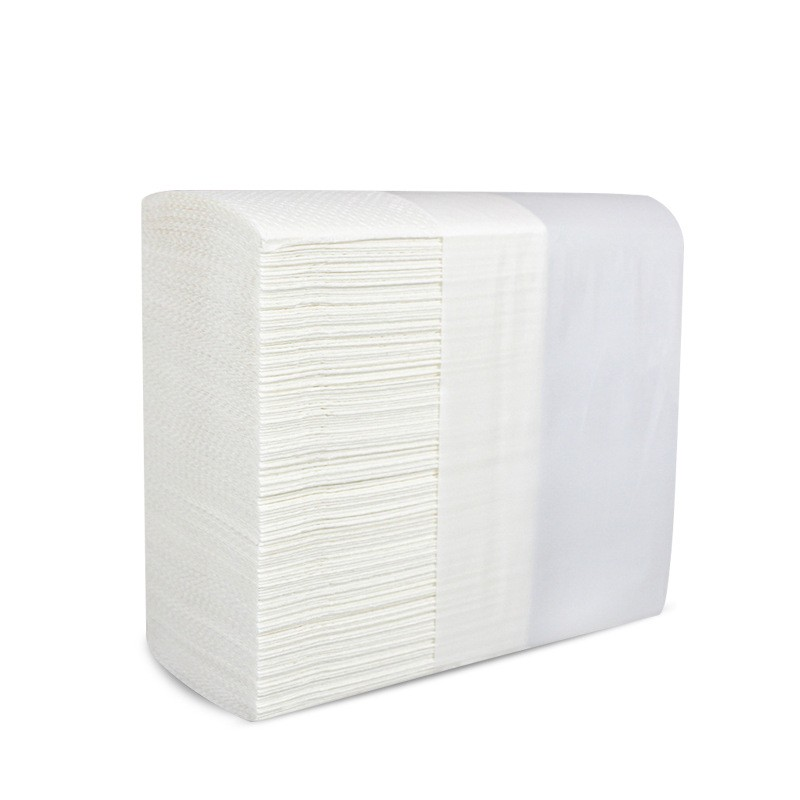Sometimes people confuse the use of facial tissue, napkins and hand towels, but in fact there are big differences between them. These differences include their raw materials, quality standards and production and processing technology. Therefore, it is helpful to understand these differences so that we can use these products correctly and maintain our health and hygiene. If you are interested in these products, I can help you understand the differences between them in depth.
1. Difference between facial tissues
Facial tissue is a soft, delicate paper-based product used primarily for facial treatments and general wiping. It has a very demanding texture that needs to be kept smooth so as not to irritate the skin. During the production process, it is made from high quality virgin pulp to ensure the quality and softness of the product. In addition, the production process also involves appropriate finishing treatments, such as calendering, to enhance the smoothness of the paper while ensuring that the product does not flake or crumble easily. Overall, facial tissues need to meet high standards in terms of quality and usage in order to fulfil consumer requirements.
2. The difference between napkins
Napkin is a product used on the dining table as an alternative to traditional cloth napkins. It is mainly used in restaurants, hotels and fast food outlets. Napkins are available in various types, including white and dyed. It needs to have a certain degree of wet and dry strength, smoothness and surface strength, as well as a high requirement for softness. It also needs to have a certain stiffness in order to fold and hold a variety of beautiful patterns. Napkins usually used in hotels and restaurants are mainly produced from virgin pure wood pulp, while fast food outlets use more natural colours and recycled pulp to reduce costs.
3. The difference between hand towels
Hand towel, is a kind of commercial paper. General family use is very little. Mainly in public places in the bathroom, to provide guests with a quick hand wipe. Requirements for high absorbency and absorbent speed. So that guests can use less paper to dry their hands in a faster speed. This reduces costs and increases customer traffic. In addition to absorbency, the paper must have a certain initial wet strength, so that in the guests with wet hands and can pull the paper out of the carton smoothly, without tearing or shredding.
The needs of different occasions do vary. High-end hotels often choose to use high-quality, pure virgin wood pulp hand towels to provide their guests with the best possible experience. Such paper has good absorbency and softness to ensure that guests feel comfortable and satisfied during use. In general public places and offices, low-grade, high-quality hand towels are often used to reduce costs. This type of paper is suitable for wiping hands and tables, but not for wiping cutlery or contact with food, as the quality and hygiene standards may not meet food contact requirements. These three types of paper towels are common products in life, but have their own advantages, disadvantages and scope of application for different occasions and usage needs.
Post time: Dec-11-2023



